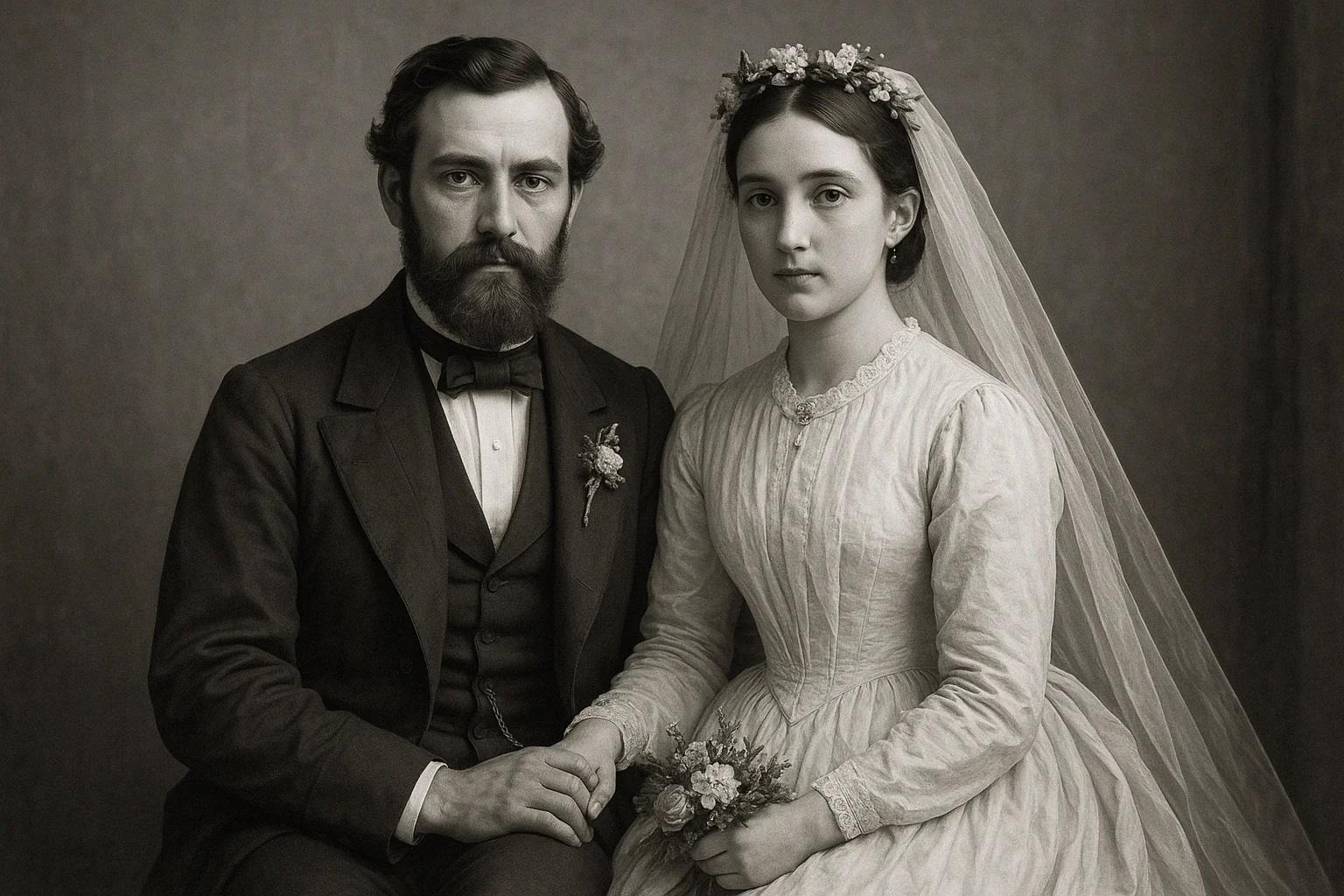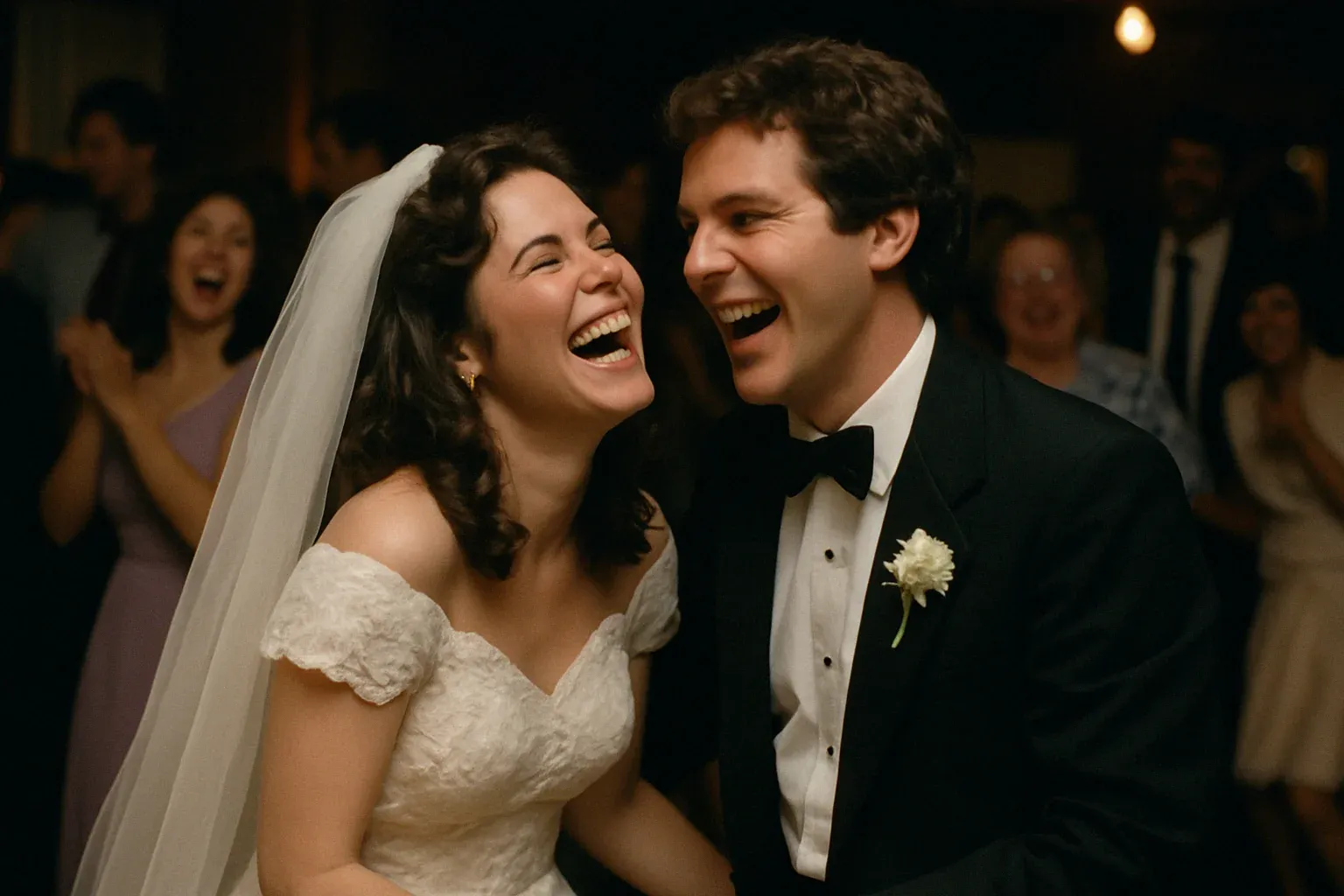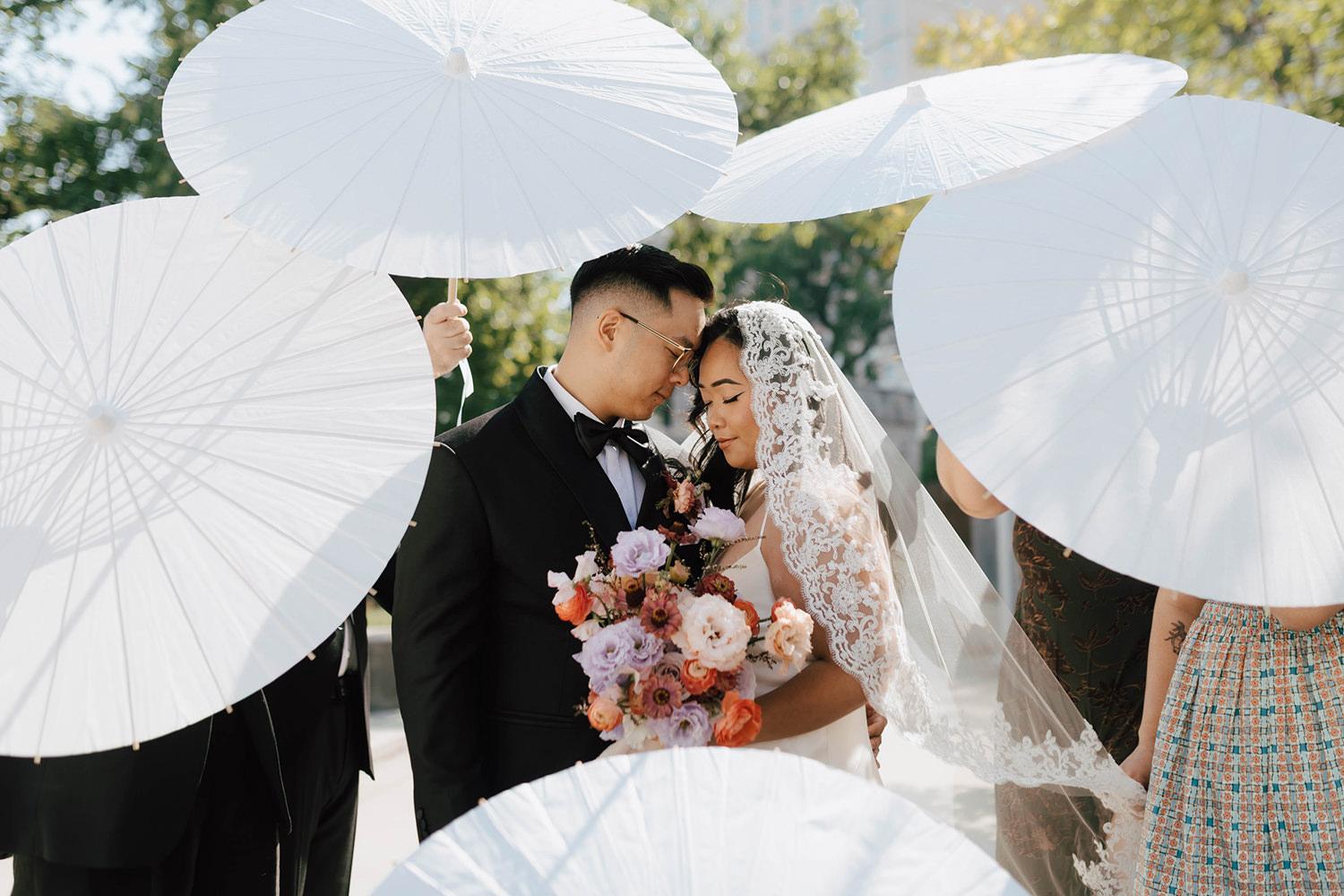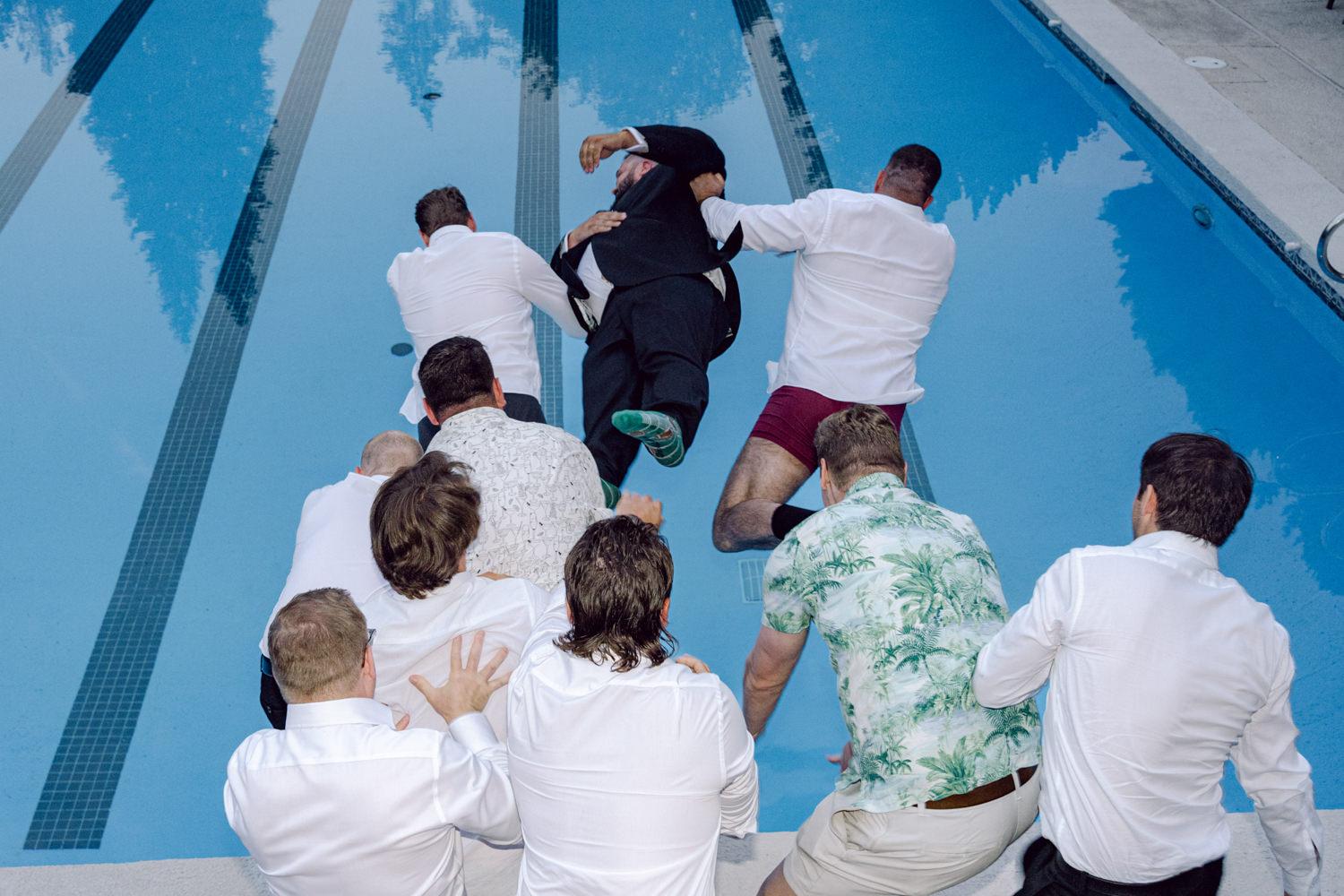Once rigid and formulaic, wedding photography has transformed into an expressive, emotional, and sometimes cinematic art form. Here's how we got from stiff to storytelling.
The evolution of wedding photography styles mirrors the evolution of weddings themselves. As social norms relaxed, camera technology advanced, and couples demanded more personal, authentic documentation, photographers began to reimagine what a wedding photo could—and should—look like.
This article traces the stylistic shifts that took wedding photography from posed portraits to the dynamic, story-driven imagery we see in Canada and around the world today.

The Era of the Formal Portrait (1800s–Early 1900s)
In its earliest form, wedding photography was about immortalizing the event—not capturing its emotion.
- Portrait studios were the only option, often scheduled after the wedding.
- Couples posed stiffly, often expressionless, wearing formal attire.
- Long exposure times and cumbersome equipment required total stillness.
- The focus was on status, symmetry, and solemnity.
The goal wasn’t storytelling—it was proof of the union.

Classic and Controlled (1920s–1960s)
With portable cameras and flashbulbs, wedding photography moved into real-time—but it remained stylized.
- Photographers began documenting ceremonies and receptions, but mostly through pre-planned group shots.
- Iconic poses emerged: cake cutting, first kiss, signing the register.
- Images were still often black-and-white, carefully lit and composed.
- The style reflected the time’s broader values: order, modesty, and formality.
Weddings were public rituals—and the photography echoed that sense of decorum.

The Candid Revolution (1970s–1990s)
As social attitudes shifted and photojournalism rose in prestige, wedding photography took a more observational approach.
- Candid moments—laughter, tears, dance floor chaos—became desirable.
- Photographers stopped directing every moment and started following the story.
- Equipment improvements allowed for better low-light performance and mobility.
- This era gave rise to the fly-on-the-wall documentary style, now a wedding staple.
Emotion began to outweigh perfection.

The Rise of Editorial and Lifestyle Aesthetics (2000s–2010s)
In the early 2000s, a new wave of photographers brought fashion, art, and intentional storytelling into the wedding space.
- Editorial-style imagery drew from magazine spreads and fine art influences.
- The “light and airy” look (overexposed whites, soft pastels) gained popularity.
- Others embraced moody tones, cinematic lighting, or film emulation.
- Posing evolved too—guided candids became the norm: real moments, gently shaped.
Photography became not just memory-keeping, but a core part of the wedding aesthetic.

Modern Styles: A Spectrum of Expression
Today, Canadian wedding photographers work across a wide stylistic spectrum, often blending genres:
- Documentary: Purely observational, hands-off, real-time storytelling.
- Photojournalistic: Narrative-driven with a focus on emotion, often in black and white.
- Editorial: Structured, glamorous, fashion-forward.
- Fine Art: Delicate, film-inspired, often shot on actual medium-format film.
- Cinematic: Deep tones, dramatic light, motion blur, and intentional framing.
Couples now choose photographers whose style aligns with their vision, values, and vibe.
Need hep understanding what style resonated with you? Wedding Photography Styles: Finding the Look That Speaks to You

What Influences Style?
A photographer’s style is shaped by:
- Equipment choices (film vs. digital, flash vs. natural light)
- Cultural background and artistic training
- Client personality and wedding type (elopement vs. ballroom)
- Editing approach, from true-to-life to highly stylized
But more than anything, it’s about how the photographer sees the day—and the people in it.
Through the Lens: Beyond Aesthetic, Toward Intention
Choosing a photography style is more than a visual preference. It’s about:
- How you want to remember your day
- What stories you want told (and by whom)
- What feeling you want each image to carry years from now
As styles evolve, one thing remains: the best wedding photography captures truth and connection, no matter the tone.
Related Reading in This Series:
- The History of Wedding Photography: How We’ve Captured Love Through the Ages
- The First Wedding Photographs Ever Taken
- Film vs. Digital: A Love Story in Two Formats
- The Rise of the Wedding Photographer as Artist and Brand
- How Wedding Photography Changed with the Internet (and Instagram)
- The Role of Wedding Photography in Cultural Memory
- New Frontiers: Drone Photography, AI Editing, and the Future of the Craft